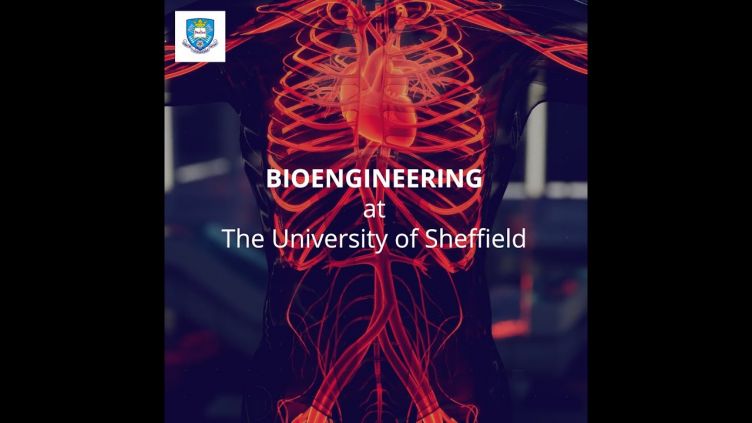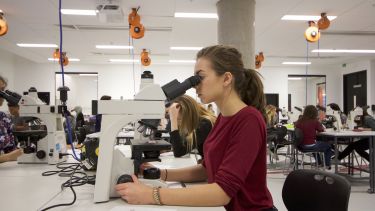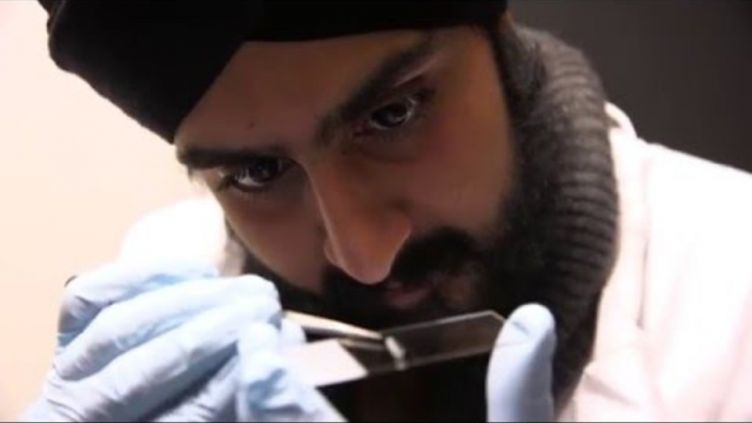About Biomedical Engineering
Where engineering meets medicine. Working with doctors, clinicians and researchers, biomedical engineers use traditional engineering principles and techniques and apply them to real-world biological and medical problems.
Rapid expansion
It's a new, evolving, technology-driven subject, with many different facets - from tissue engineering and medical devices, to biomaterials and biomanufacturing. Its rapid expansion has come about largely to address the problems arising from an ever-increasing, ageing global population.
Knowledge of the human body alone isn't enough to solve these problems. Engineering expertise is vital.
It is predicted that the number of joint replacements being implanted every year will increase fivefold by 2030 (Institute of Mechanical Engineers), for example.
Bioengineers are working to find better materials which can be produced more quickly in a more cost-effective way and will last in the body longer.
The great interest in wearable technology is also driving the field forward. People are demanding faster, smarter, cheaper solutions and bioengineers are helping to find them.
The popularity of wearable technology is only set to grow, with 411m smart devices set to be sold in 2020 alone (Forbes).
Bioengineers are needed to meet this demand.
Making a positive impact
The impact that Biomedical Engineering can have is huge. It is improving performance and bringing down the cost of healthcare technology.
It is reducing the invasiveness of interventions. It is helping to diagnose illness and disease faster and more accurately.
Through wearable technology, it is encouraging people to be more proactively engaged with their own health.
Biomedical Engineering is helping to secure the health of future generations.
Biomedical Engineering is everywhere
Biomedical Engineering is all around us, even if we might not always know it. Here are just some of the ways bioengineered products can be used:
- Artificial organs and limbs.
- Assistive technology.
- Biomaterials.
- Computer simulation for surgery.
- Critical care medicine.
- Image-guided robot surgery.
- Independent living.
- Kidney dialysis and transplantation.
- Mathematical modelling of human physiology.
- Medical imaging, such as X-ray CT, MRI and PET scanners.
- Neurotechnology.
- Orthopaedic implants.
- Rehabilitation.
- Sports and physiological monitoring.
- Sports technology.
- Telemanipulators.
- Tissue engineering and regenerative medicine.
- Wearable technology.



